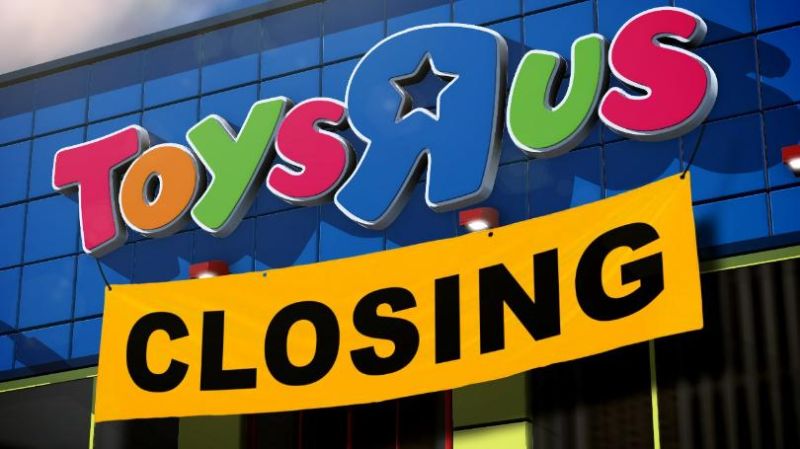
April 4, 2019 – It’s not surprising that big box retailers have felt the effects of this digital age, which has forced many, including Toys”R”Us, Sears, Macy’s and more to close stores. So, what happens to that space and how are investors and real estate professionals attempting to make use of it?
Most often, people seek to reuse the space. This option is the most environmentally friendly but with carbon footprint aside, this option also helps retailers looking for smaller space. By dividing these large big boxes, real estate developers can accommodate multiple tenants. The age of massive retail space may be over, since consumers are gravitating towards online purchasing but retailers are adjusting to this and downsizing, now offering less inventory in-store and giving consumers the option to order the products they see, online. Showrooms are something retailers are experimenting with as well. This allows customers to get that physical touch a brick and mortar provides and then allowing them to make a purchase online and have the product delivered.
Discount, service, and food-related tenants have become the most attractive for investors as a way to fill these excess spaces. Many discount stores are taking advantage of the smaller, multi-tenant option the empty big boxes offer. The TJX Companies, which include T.J.Maxx, Home Goods, and Marshalls, in addition to Ross Stores, Aldi, and Five Below are all looking to expand in the near future. Even Amazon, who can be partially blamed for the emptiness of these stores, is in the market for brick and mortar to further develop their brands.
Food-related tenants, such as grocery stores, are an example of retail that will most likely always need a physical presence. National grocery chain, Meijer, is expanding, and in some cases, looking for an existing big box frame to move into. A former Kmart in Mentor, Ohio will soon be home to Meijer, who is expanding to the northeast Ohio market, after having over 200 locations throughout the Midwest.
But, with large department stores continuing to struggle and leaving behind these large spaces, investors need to get creative. The falling out of department stores doesn’t mean the space is unusable; it just needs to serve a different purpose. Consumers are all about experiences so turning these buildings into entertainment venues is a viable option. Whether it’s targeted at kids or adults, the massive space of an old department store can easily entertain many people.
Rock City Indoor BMX has utilized, none other, than a former Meijer in Greenville, Michigan. When the grocer decided to move locations, it eventually donated the empty store, which is now home to the BMX facility. This year-round, dirt track draws riders from all over the Midwest, especially when temperatures outside are too cold to ride. The open space and high ceilings that are special to a big box are ideal for this and other recreational uses.
It may take time, and often a little bit of luck to strike the right deal with these abandoned boxes, but they can ultimately serve a purpose in the ever-changing retail market.
